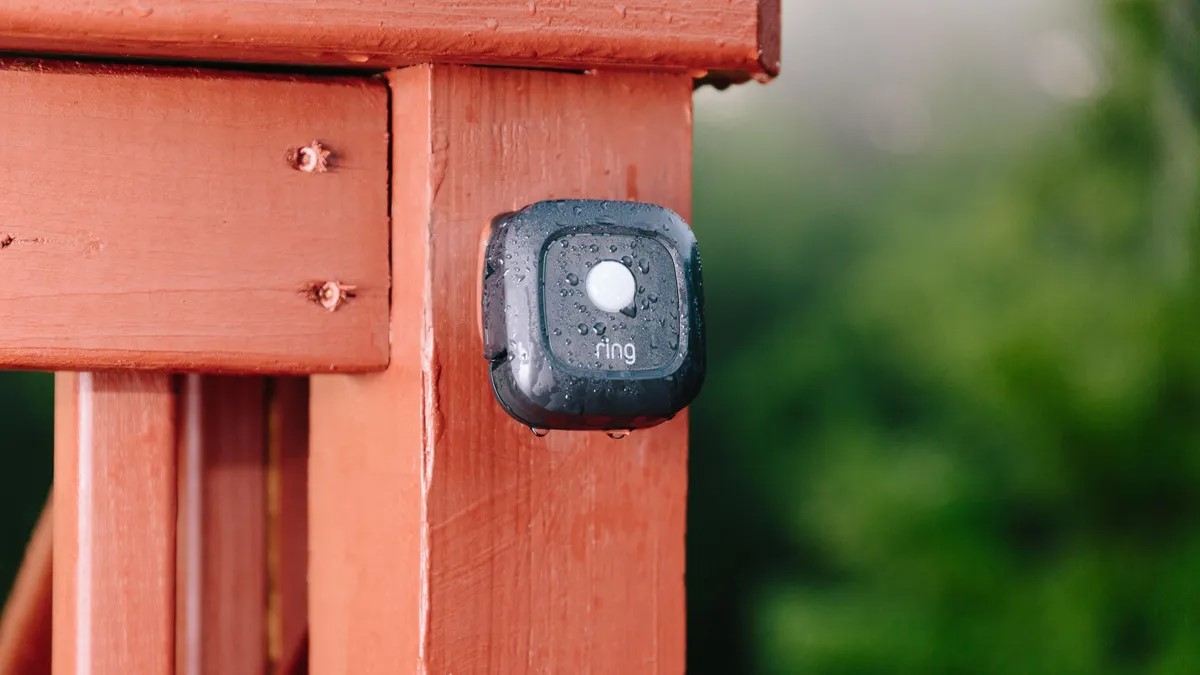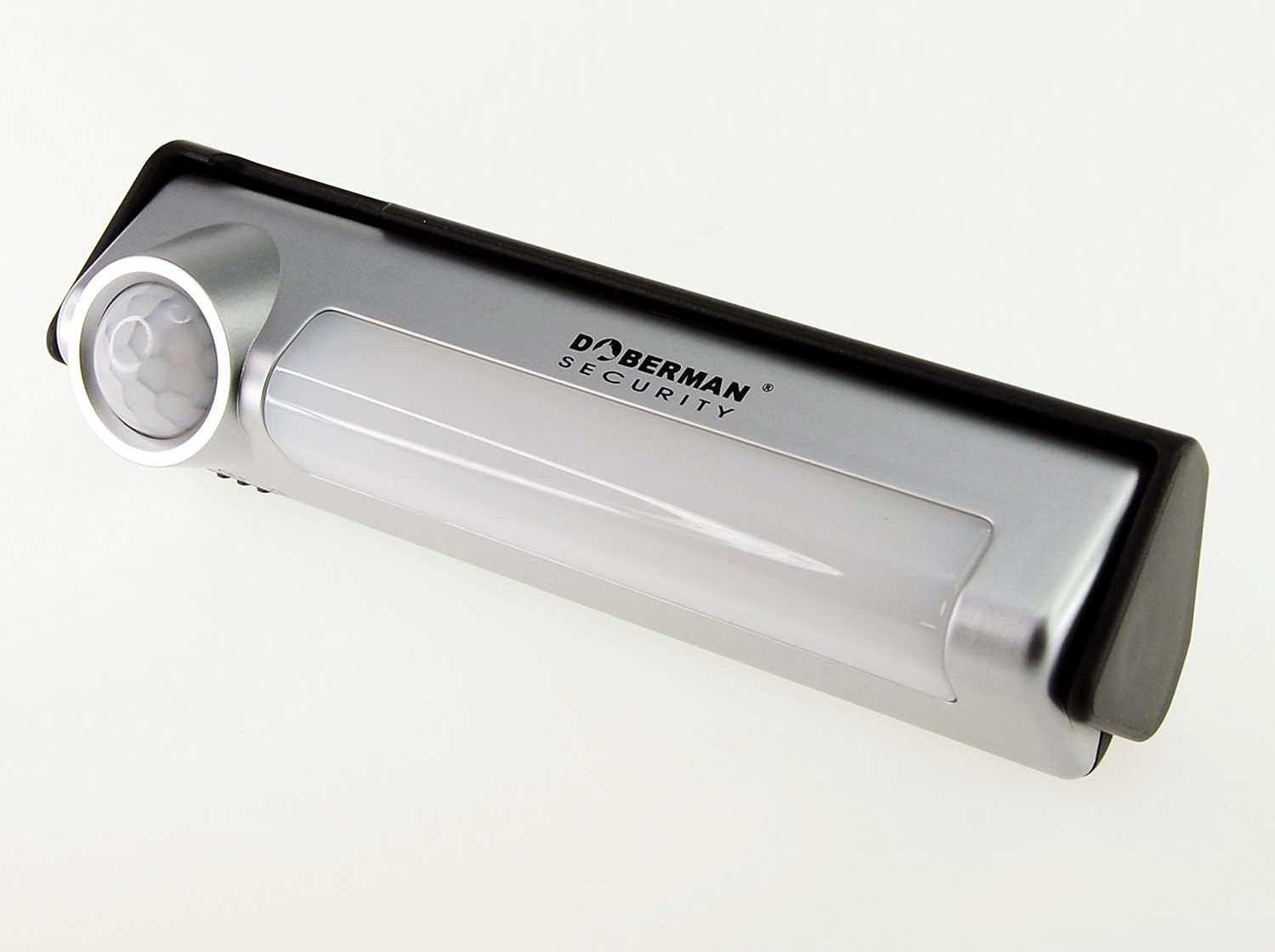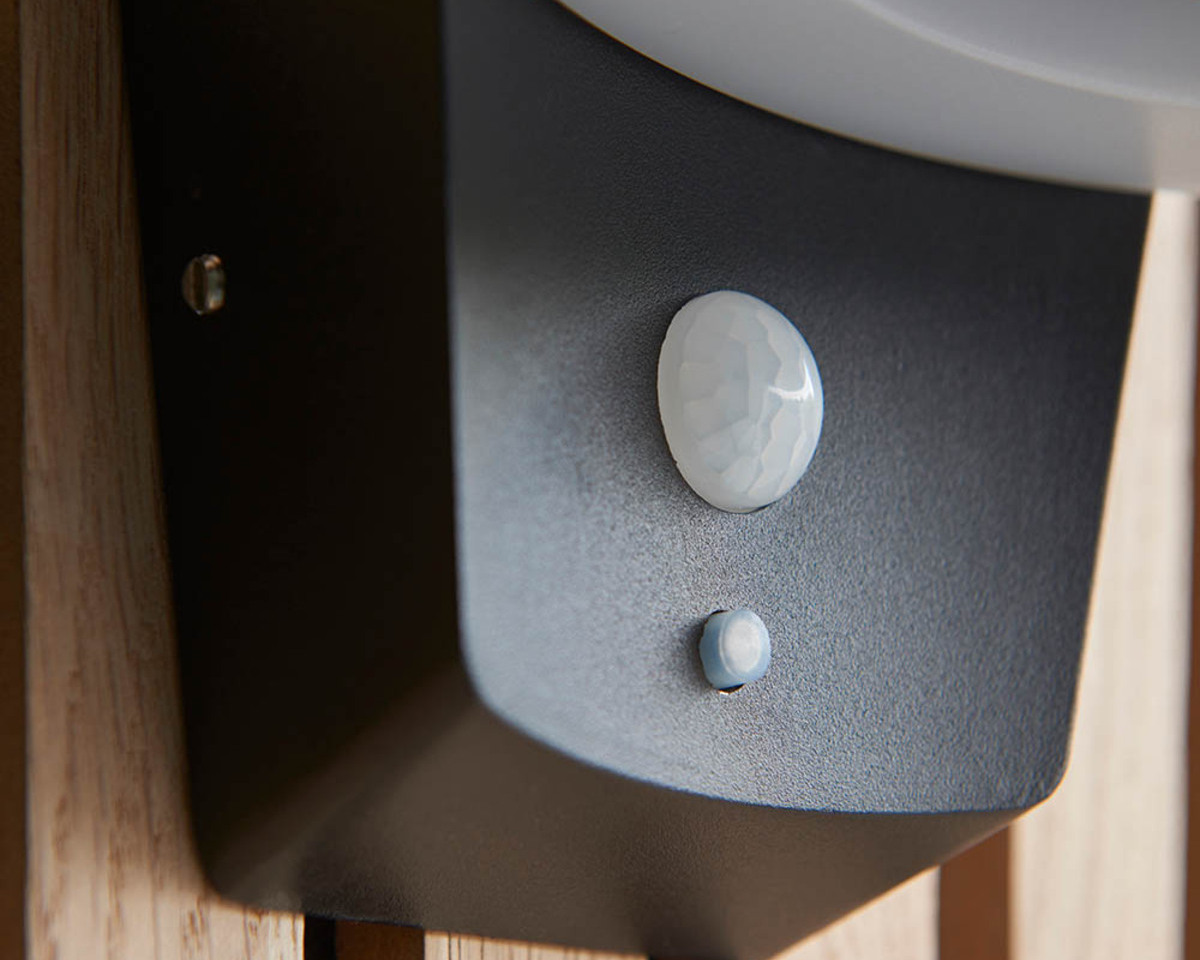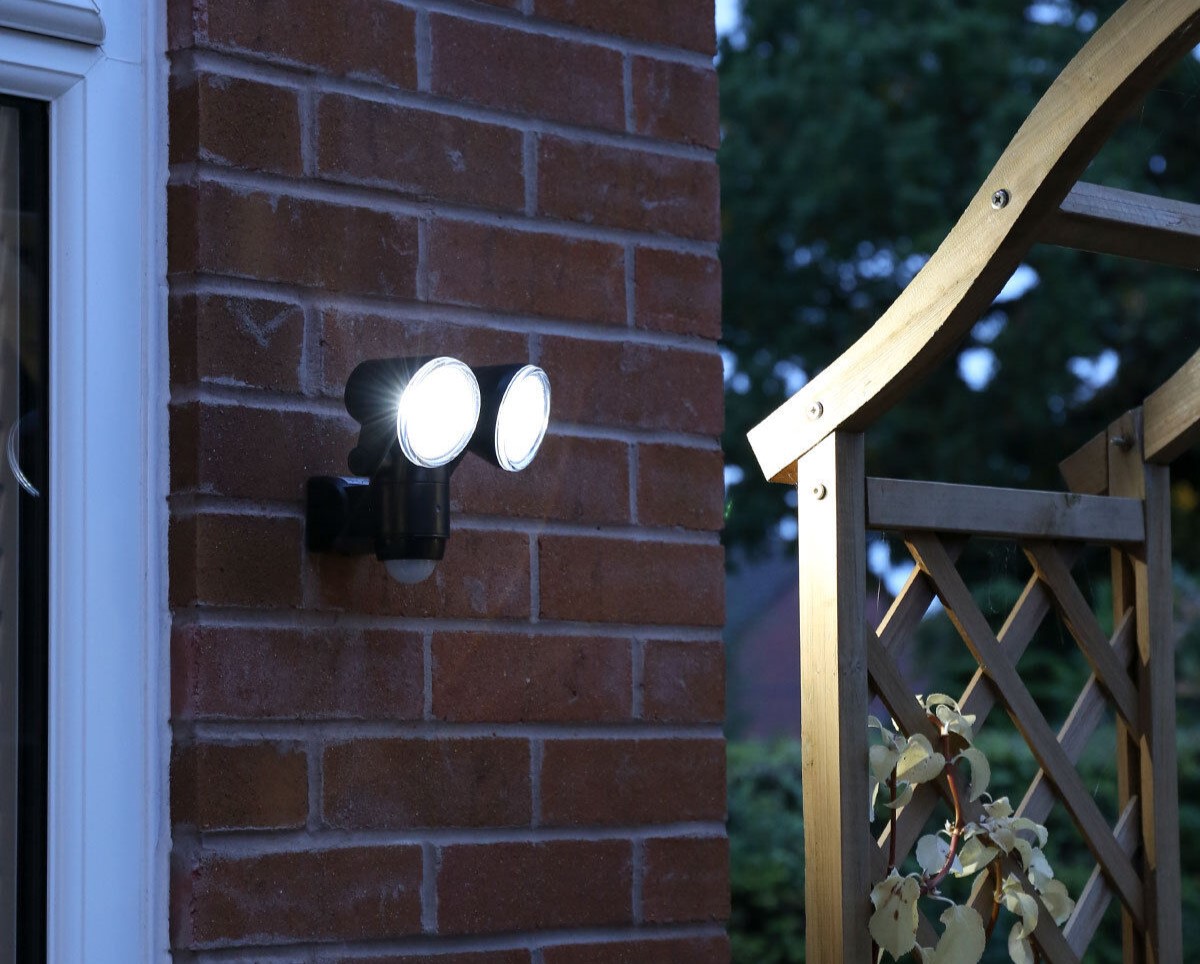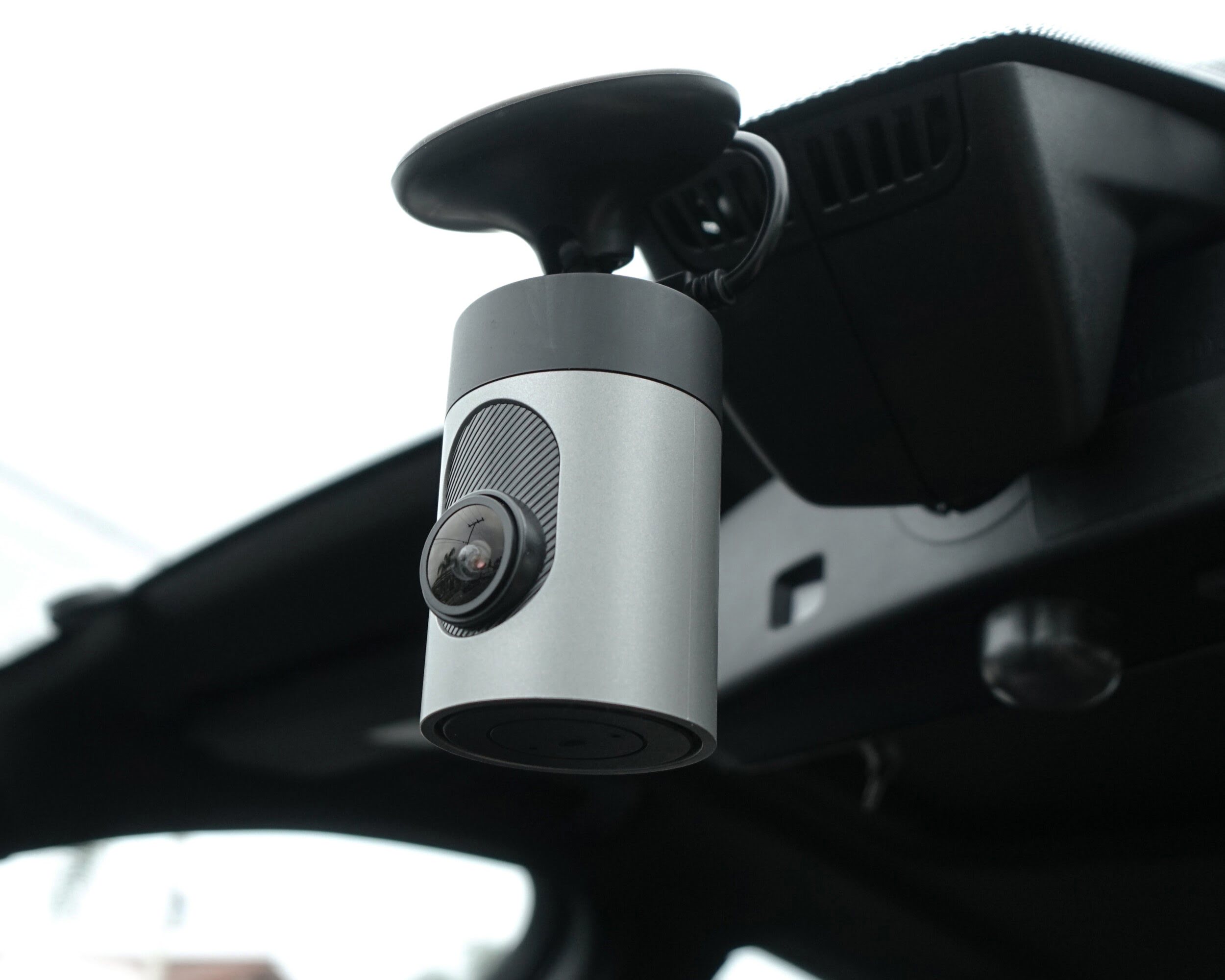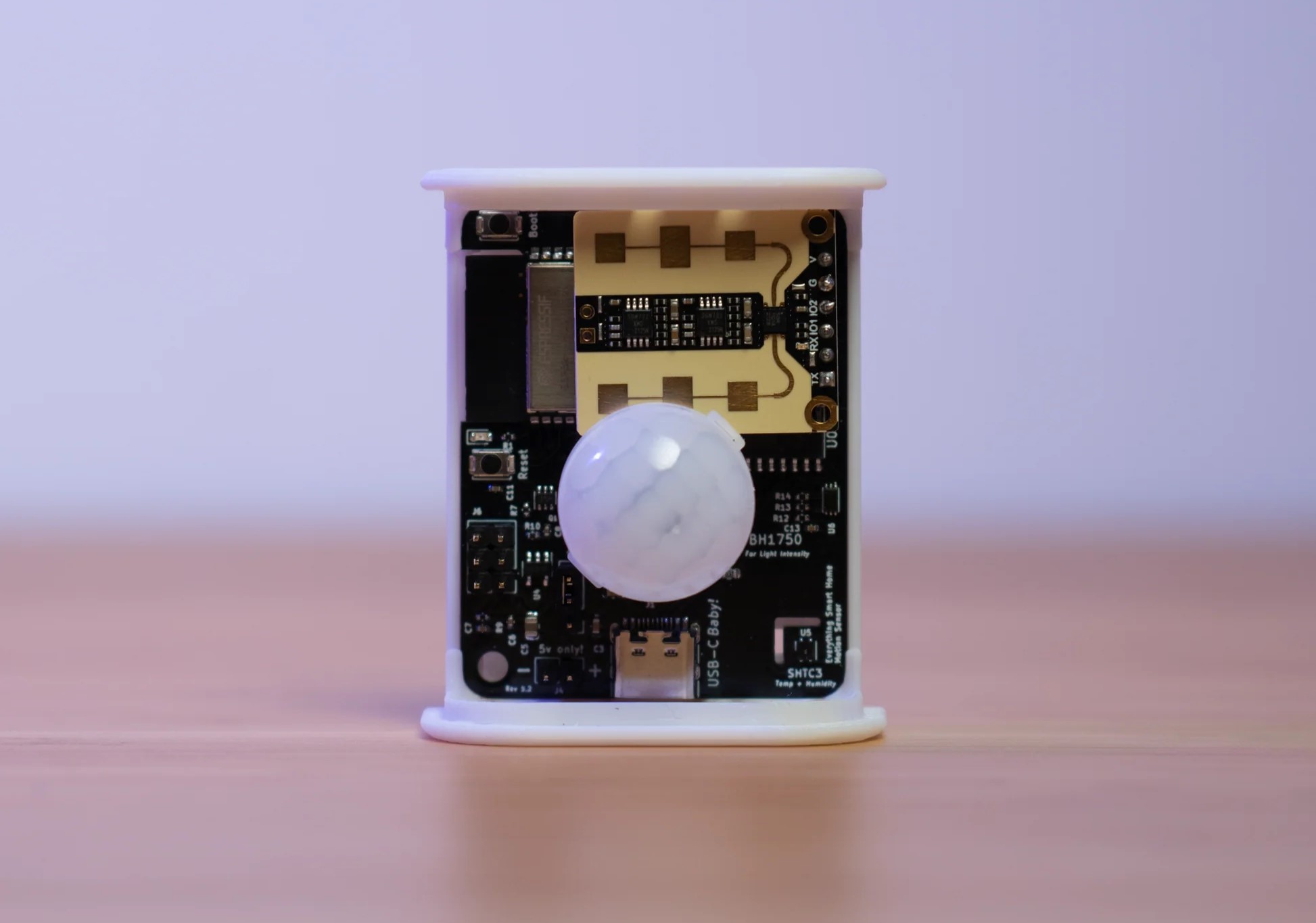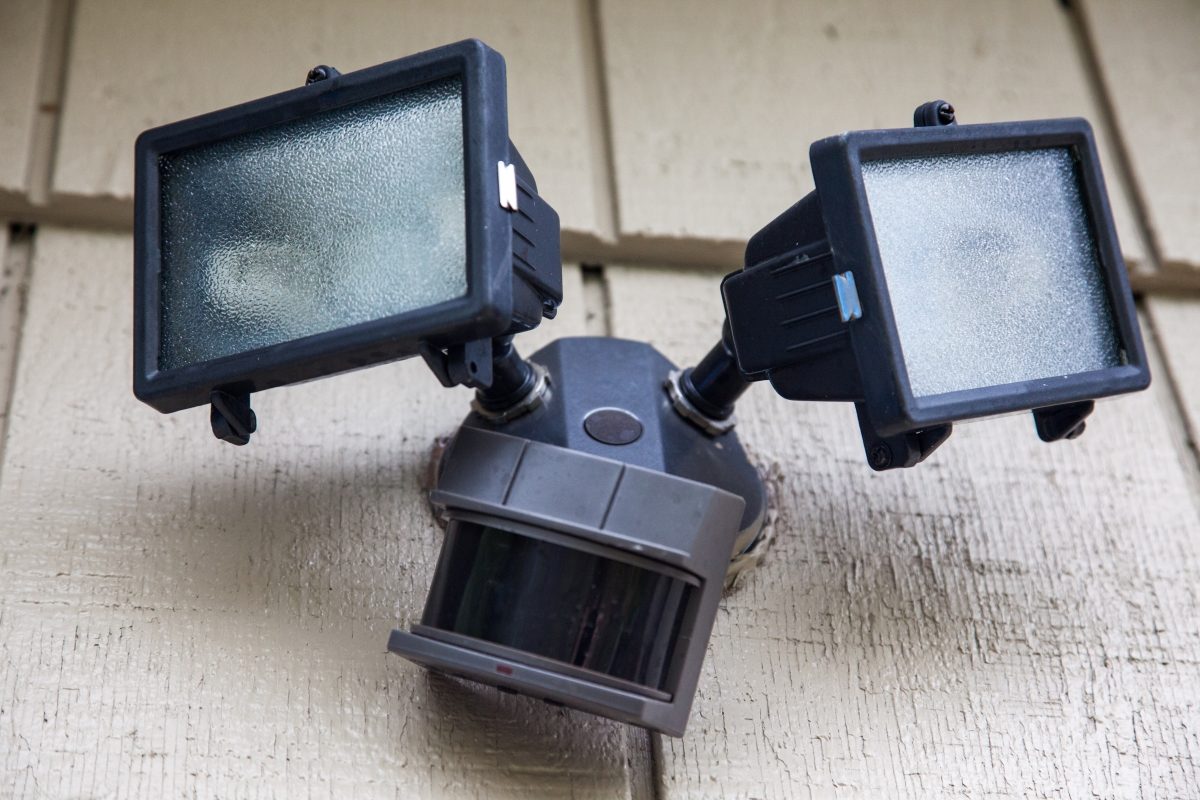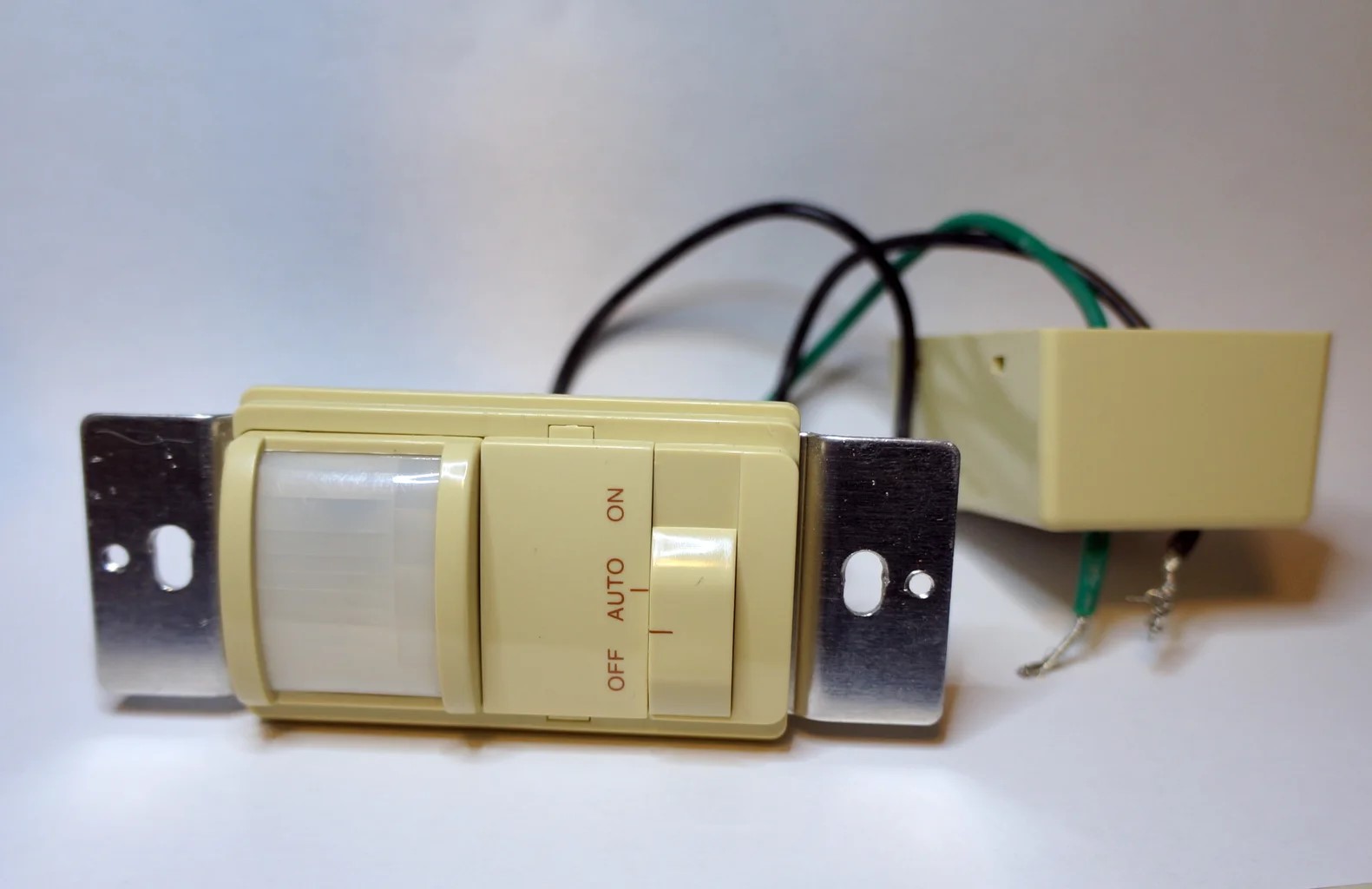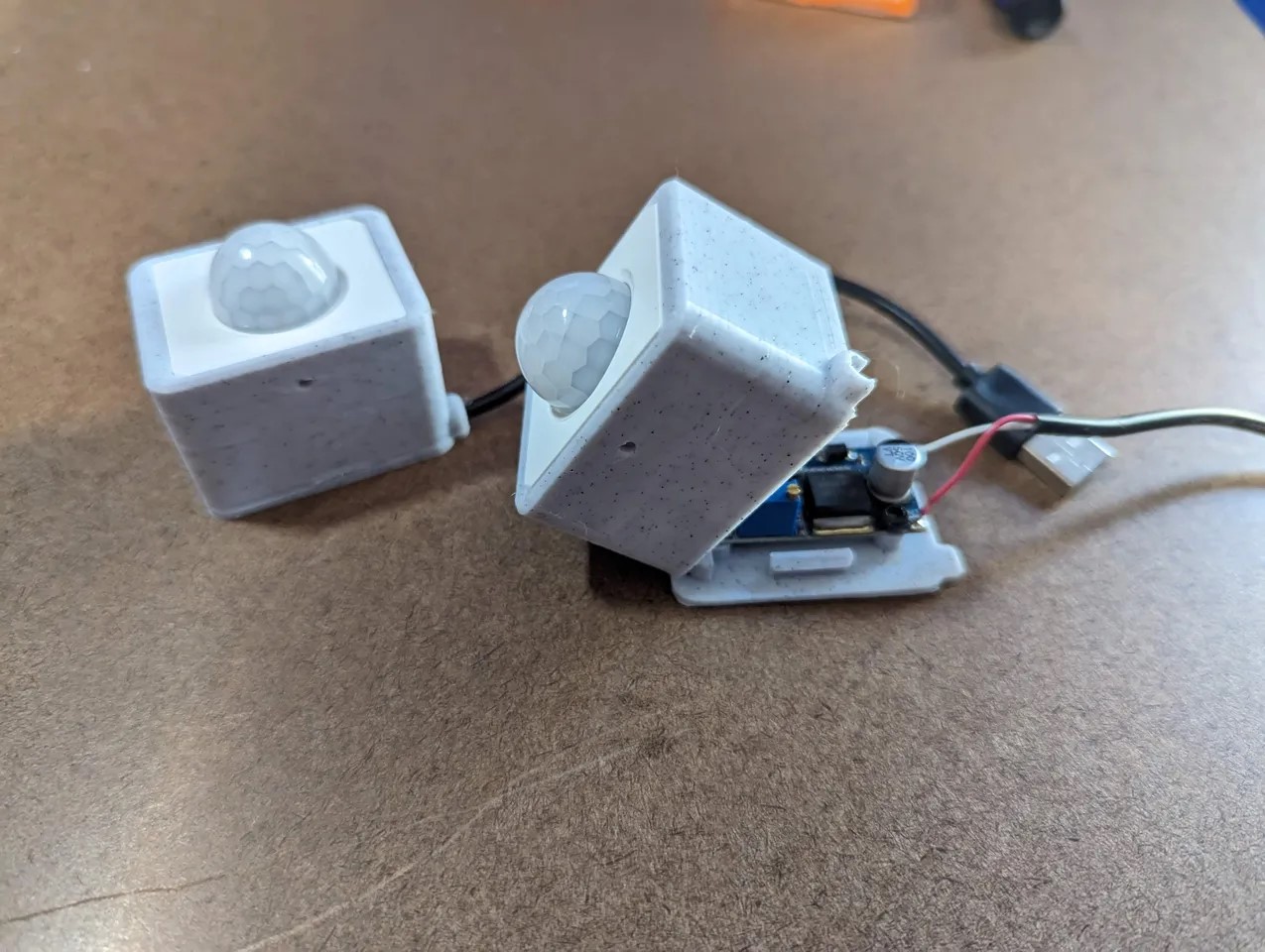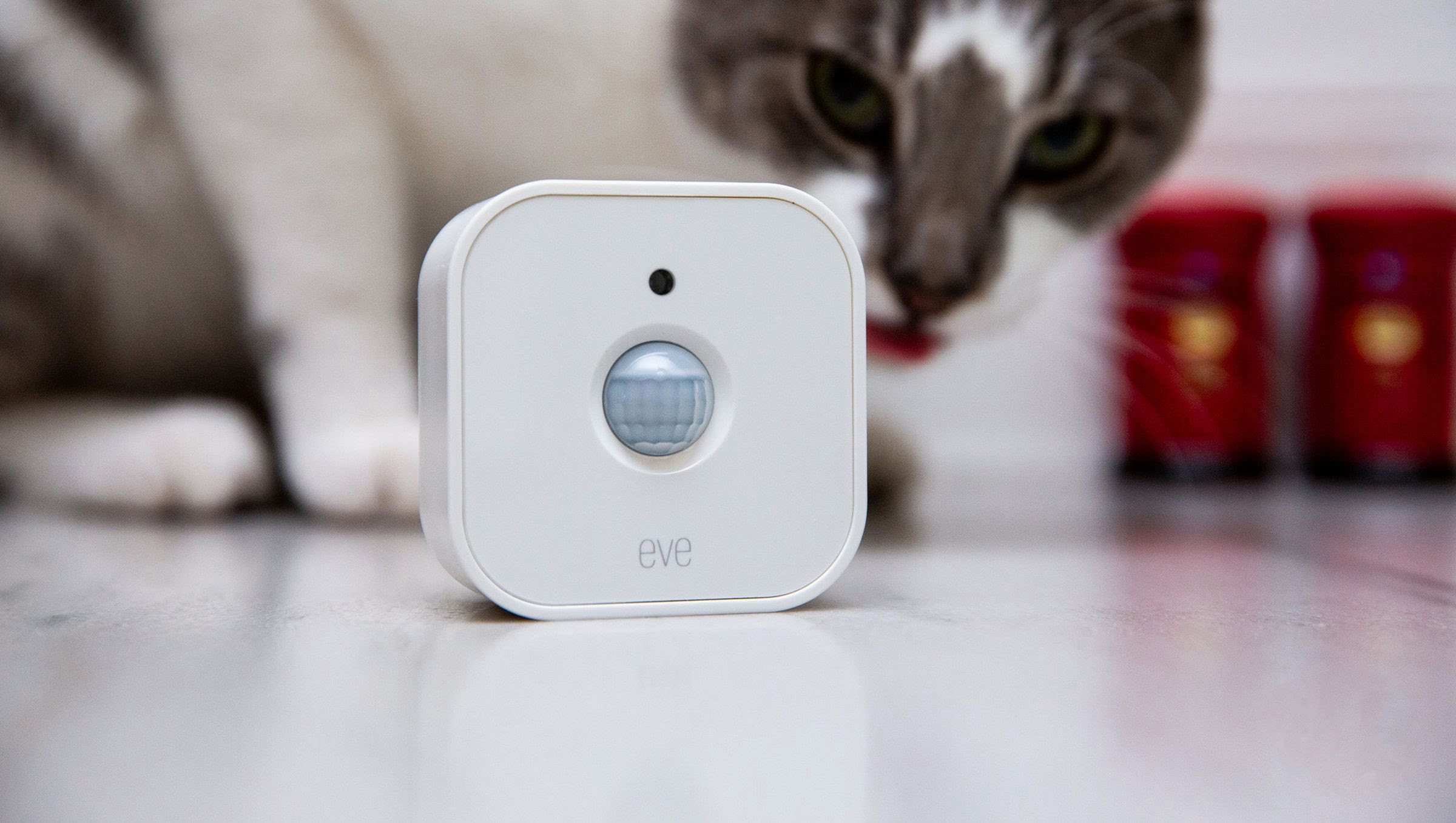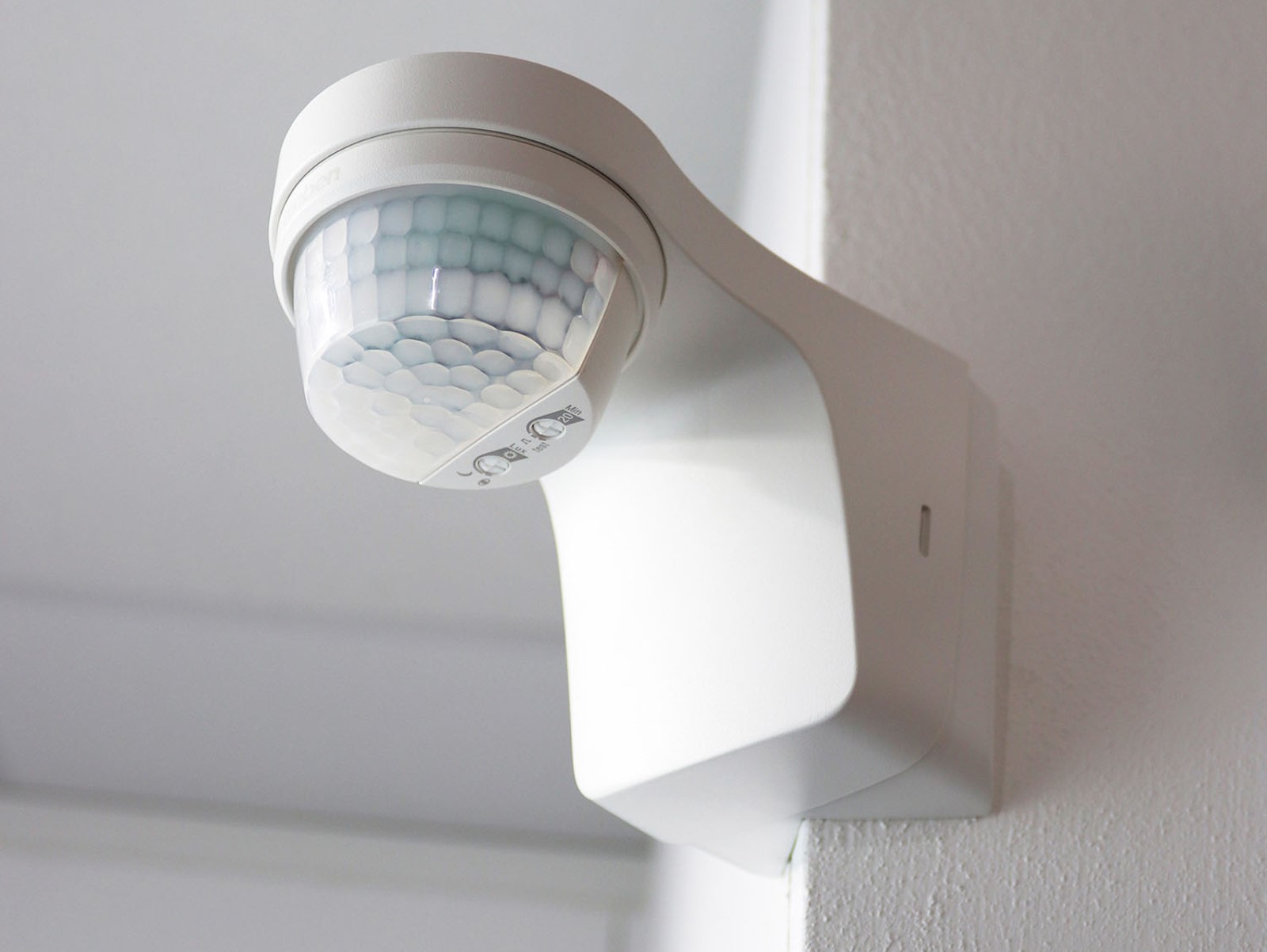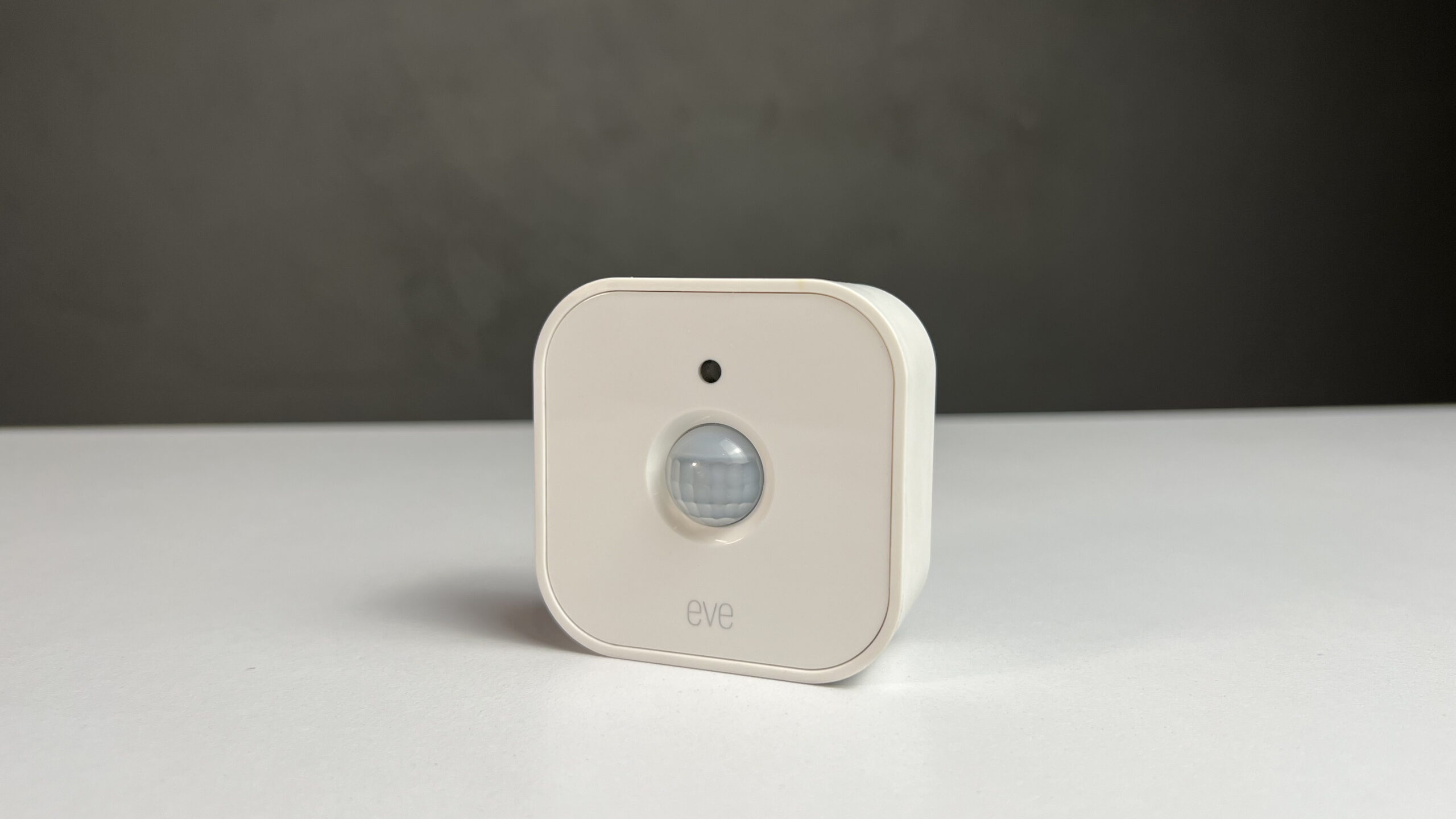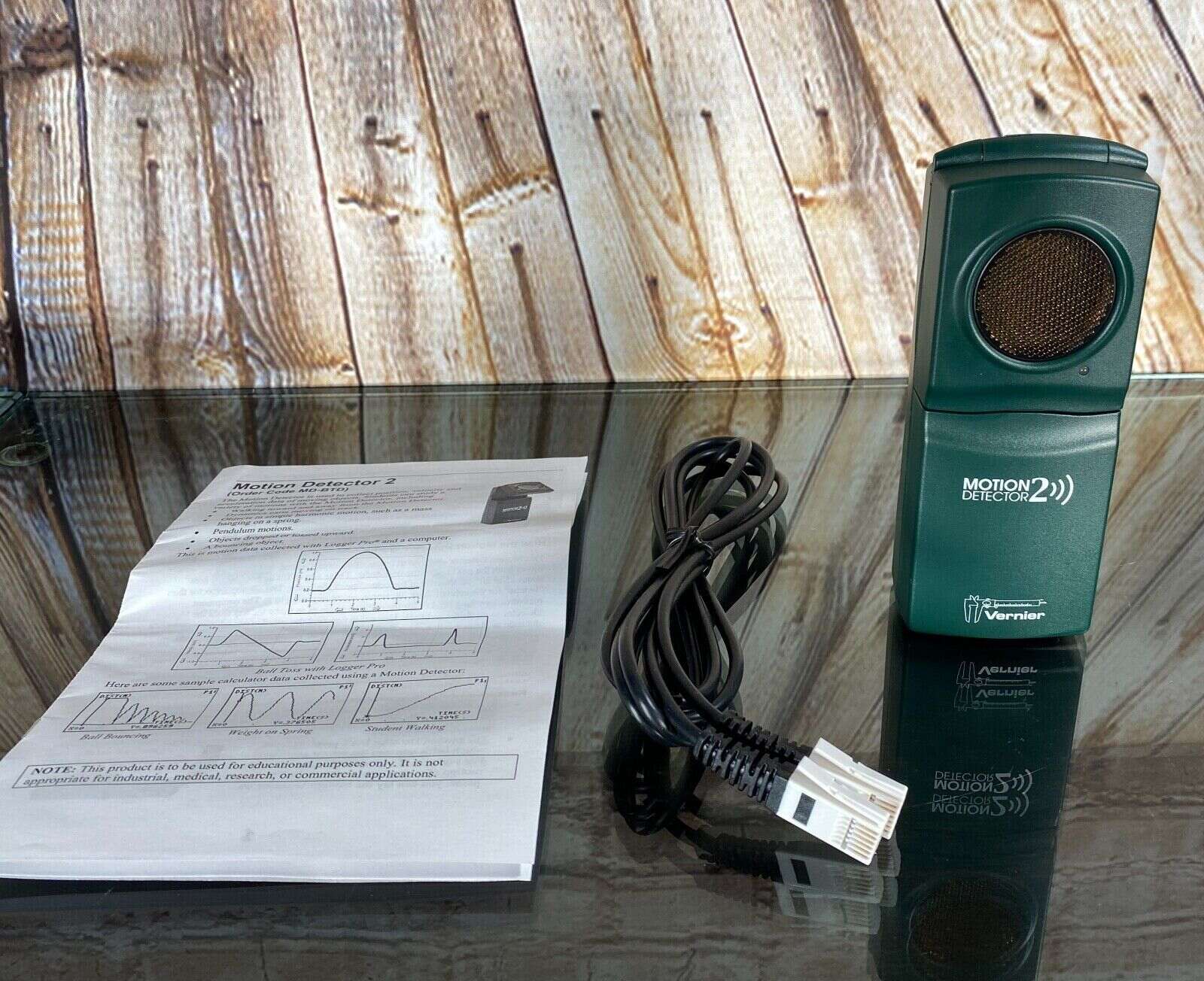Home>Home Security and Surveillance>How To Operate The Heath Zenith Motion Detector
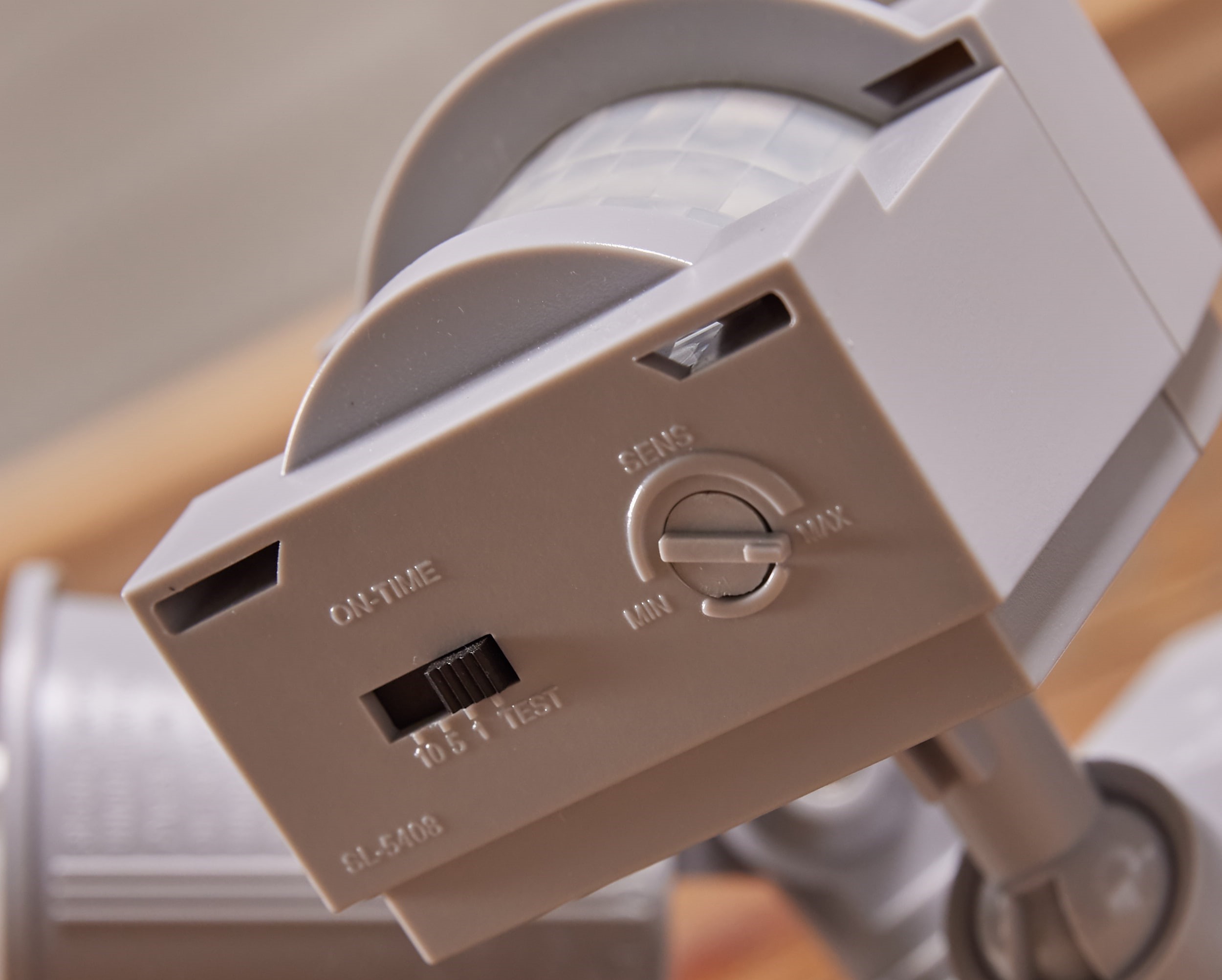

Home Security and Surveillance
How To Operate The Heath Zenith Motion Detector
Modified: March 6, 2024
Learn how to effectively operate the Heath Zenith Motion Detector for your home security and surveillance needs. Enhance your safety with our step-by-step guide.
(Many of the links in this article redirect to a specific reviewed product. Your purchase of these products through affiliate links helps to generate commission for Storables.com, at no extra cost. Learn more)
Introduction
Welcome to the world of home security and surveillance! In an era where safety and protection are paramount, having a reliable and efficient home security system is crucial. One of the key components of such a system is a motion detector, which plays a vital role in monitoring and detecting any unauthorized movement around your property.
In this article, we will explore the functionality and operation of the Heath Zenith motion detector. Understanding how this device works will enable you to effectively utilize its features and ensure the safety of your home and loved ones.
The Heath Zenith motion detector is known for its cutting-edge technology and superior performance. Whether you are looking to install a new motion detector or optimize the usage of your existing Heath Zenith device, we have got you covered!
Throughout this article, we will provide step-by-step instructions on installing, testing, troubleshooting, and maintaining your Heath Zenith motion detector. We will also share some tips and best practices for efficient operation, allowing you to maximize the functionality of this fantastic security tool.
By the end of this article, you will have a comprehensive understanding of how to operate the Heath Zenith motion detector effectively, ensuring optimal security for your home.
So, without further ado, let’s dive into the world of home security and discover the amazing features and capabilities of the Heath Zenith motion detector!
Key Takeaways:
- Understanding the components and workings of the Heath Zenith motion detector is crucial for effective home security. It uses advanced technology like PIR, radar, and microwave sensors to detect motion and trigger responses.
- Proper installation, testing, maintenance, and efficient operation of the Heath Zenith motion detector are essential for maximizing home security. Adjusting sensitivity, range, and considering placement are key factors for optimal performance.
Read more: How Do Motion Detector Cameras Operate
Understanding the Heath Zenith Motion Detector
Before we delve into the operational aspects of the Heath Zenith motion detector, it is essential to have a clear understanding of its components, how it works, and the different types of motion detection it utilizes.
The Heath Zenith motion detector consists of several key components that work together to detect motion and trigger the security system. These components include:
- 1. PIR Sensor: The Passive Infrared (PIR) sensor is the heart of the motion detector. It detects changes in infrared energy caused by the movement of people or objects within its range.
- 2. Lens: The lens is designed to focus the infrared energy onto the PIR sensor, allowing for accurate detection and minimizing false alarms.
- 3. Control Panel: The control panel is responsible for processing the signals received from the PIR sensor and triggering the appropriate response, such as activating an alarm or turning on lights.
- 4. Settings and Controls: The Heath Zenith motion detector typically includes various settings and controls that allow you to customize its operation according to your preferences. These may include sensitivity adjustment, range adjustment, and time delay settings.
Now that we understand the components, let’s take a closer look at how the Heath Zenith motion detector works.
When the motion detector is armed and activated, it constantly monitors its surroundings for any movement. The PIR sensor detects infrared energy emitted by warm objects, such as people or animals, within its detection range. When a change in infrared energy is detected, the sensor triggers the control panel, which in turn activates the programmed response, such as sounding an alarm or notifying the homeowner.
In addition to traditional PIR-based detection, the Heath Zenith motion detector may also utilize other advanced motion detection technologies, such as:
- Radar-based motion detection: This technology uses radio waves to detect motion. It can provide a wider coverage area and is less affected by environmental factors like temperature changes.
- Microwave-based motion detection: Microwave sensors emit and receive microwave signals, and when the signal is disrupted by movement, the detector is triggered. This technology is highly sensitive and can work effectively even in harsh weather conditions.
- Dual technology motion detection: Dual technology sensors combine PIR technology with either microwave or radar technology. This helps to reduce false alarms by requiring both technologies to be triggered simultaneously.
Having an understanding of the different types of motion detection available in the Heath Zenith motion detector allows you to select the most suitable option for your specific security needs.
Now that we have covered the components and workings of the Heath Zenith motion detector, let’s move on to the installation process in the next section.
Installation Process
Installing the Heath Zenith motion detector is a straightforward process that can be accomplished with some basic tools and a little bit of careful planning. Here, we will guide you through the steps involved in setting up your motion detector for optimal performance.
1. Preparation: Before getting started, it is important to determine the ideal location for installing the motion detector. Consider areas where the detector will have a clear view of the intended surveillance area while minimizing false triggers. Take into account factors such as the height and angle of installation, as well as any potential obstructions that could interfere with the motion detection.
2. Mounting options: The Heath Zenith motion detector provides different mounting options, including wall or ceiling mount. Carefully choose the appropriate mounting option based on your security requirements and the specific features of your motion detector. Ensure a secure and stable installation by using the provided mounting screws and brackets, following the manufacturer’s instructions.
3. Wiring the motion detector: The Heath Zenith motion detector may require wiring for power and connectivity. Follow the wiring diagram provided in the product manual to connect the necessary wires. If you are not confident in your wiring skills, consider consulting a professional electrician to ensure a safe and proper installation.
4. Adjusting the settings: Once the physical installation is complete, it is time to adjust the settings of the motion detector. These settings may include sensitivity adjustment, range adjustment, and time delay settings. Carefully read the product manual to understand the specific options and their functions. Adjust the settings according to your preferences and the specific requirements of your surveillance area.
During the installation process, it is important to keep the following tips in mind:
- Ensure proper wiring and grounding to prevent electrical hazards and maintain device functionality.
- Regularly check the mounting screws and brackets to ensure they are secure.
- Review the manufacturer’s instructions and guidelines for any specific installation considerations or precautions.
- Test the motion detector after installation to verify its functionality.
With the Heath Zenith motion detector properly installed and the settings adjusted to your preference, you are now ready to move on to the next step: testing and troubleshooting.
Testing and Troubleshooting
After installing the Heath Zenith motion detector, it is crucial to test its functionality to ensure that it is effectively detecting motion and triggering the desired response. Additionally, understanding common troubleshooting issues and knowing how to resolve them will help you troubleshoot any potential problems that may arise. Let’s explore these aspects in detail.
1. Testing the motion detector: To test the motion detector, arm the system and walk within its range to simulate motion. The detector should detect your movement and trigger the programmed response, such as activating lights or sounding an alarm. It is recommended to test the motion detector periodically to ensure consistent performance.
2. Common troubleshooting issues: While the Heath Zenith motion detector is designed to provide reliable performance, you may encounter some common issues. These can include false alarms, ineffective detection, or failure to trigger the desired response. These issues can be caused by various factors, such as incorrect settings, environmental conditions, or interference. Understanding these issues will help you troubleshoot effectively.
3. Troubleshooting steps: When troubleshooting the motion detector, start by checking the settings. Ensure that the sensitivity and range are properly adjusted to avoid false alarms or missed detections. Additionally, consider environmental factors that could affect performance, such as nearby heat sources or fluctuations in temperature. If the issue persists, try resetting the motion detector to its default settings and reconfiguring the desired parameters. Consult the product manual or contact the manufacturer’s support for specific troubleshooting guidance.
Here are some general troubleshooting tips:
- Verify that the motion detector is receiving power and is properly connected to the security system.
- Check for any physical obstructions that may block the motion detector’s field of view.
- Ensure that the motion detector is not installed too close to heat sources or direct sunlight, as this could cause false triggers.
- Inspect the lens for any dirt, debris, or condensation that may interfere with detection. Clean or replace the lens if necessary.
Remember, troubleshooting can sometimes require patience and experimentation. If you are unable to resolve the issue, consider seeking assistance from a professional technician or contacting the manufacturer’s support team for further guidance.
Now that you are familiar with testing and troubleshooting the Heath Zenith motion detector, let’s move on to the next section where we will discuss maintenance and care.
Make sure the motion detector is installed at the right height and angle to cover the desired area. Test it regularly to ensure it’s working properly.
Maintenance and Care
Maintaining and caring for your Heath Zenith motion detector is essential to ensure its long-term functionality and reliable performance. Regular maintenance and proper cleaning will help keep the device in optimal condition. Additionally, replacing batteries when needed will prevent any disruptions in operation. Let’s explore these aspects in detail.
1. Regular maintenance: Schedule regular maintenance checks for your motion detector to ensure that all components are functioning properly. Inspect the device for any signs of damage, loose connections, or wear and tear. Check the mounting brackets, screws, and wiring for stability and security. Performing these routine maintenance tasks will help identify any potential issues early on and address them promptly.
2. Cleaning the motion detector: Over time, dirt, dust, and other debris may accumulate on the lens or internal components of the motion detector, which can hinder its performance. Regularly clean the lens and surrounding areas using a soft cloth or brush. Avoid using harsh cleaning agents or solvents that could damage the device. Clean the motion detector gently to prevent any accidental dislodging of internal components.
3. Replacing batteries: If your Heath Zenith motion detector is battery-powered, it is important to keep an eye on the battery level and replace them as needed. Low batteries can affect the performance of the motion detector or cause it to stop functioning altogether. Consult the product manual for the specific battery type and replacement instructions.
Here are some additional tips for maintaining and caring for your motion detector:
- Regularly check and tighten screws or mounting brackets to ensure a secure installation.
- Inspect the wiring for any signs of damage or fraying. Replace or repair any faulty wiring immediately.
- Keep the surrounding area clean and free from obstructions that may interfere with the motion detection, such as overgrown plants or debris.
- Pay attention to any changes in performance, such as increased false alarms or decreased detection range. These may be indications that maintenance or adjustment is required.
By following these maintenance and care practices, you can ensure that your Heath Zenith motion detector remains in optimal condition, providing reliable security and surveillance for your home.
Now that you are aware of the importance of maintenance and care, let’s move on to the next section where we will share some tips for efficient operation of the Heath Zenith motion detector.
Read also: 11 Amazing Heath Zenith Doorbell for 2025
Tips for Efficient Operation
To make the most of your Heath Zenith motion detector and optimize its performance, it’s important to consider some key tips and best practices. Proper placement, adjusting sensitivity and range, and additional considerations will enhance the efficiency and effectiveness of your motion detector. Let’s explore these tips in detail.
1. Proper placement: The placement of your motion detector is crucial for effective surveillance. Position it in areas where it will have an unobstructed view of the intended surveillance area. Consider strategic locations such as entryways, driveways, or high-traffic areas for optimal coverage. Avoid placing the motion detector where it may be affected by direct sunlight, extreme heat sources, or areas with excessive wind or vibration.
2. Adjusting the sensitivity and range: The Heath Zenith motion detector allows you to adjust sensitivity and range settings. Finding the right balance is important to avoid false alarms or missed detections. Start with the default settings and gradually adjust them based on your specific needs and environment. Fine-tune the sensitivity to ensure it detects only significant motion, while adjusting the range to cover the desired surveillance area effectively.
3. Additional considerations: Here are some additional tips to optimize the operation of your motion detector:
- Consider using multiple motion detectors for larger properties or areas requiring extensive coverage. This will enhance the overall security and surveillance of your home.
- Pair your motion detector with other security devices, such as cameras or alarms, for a comprehensive security system.
- Regularly update the firmware or software of your motion detector to benefit from any enhancements or bug fixes provided by the manufacturer.
- Notify family members or individuals who frequently visit your home about the presence and location of the motion detector to avoid accidental triggering or false alarms.
- Periodically review and update your motion detector’s settings based on any changes in your security needs or environmental conditions.
By following these tips and best practices, you can ensure that your Heath Zenith motion detector operates efficiently and provides reliable security and surveillance for your home.
Now that you are equipped with these tips, let’s conclude our discussion on operating the Heath Zenith motion detector.
Conclusion
In conclusion, the Heath Zenith motion detector is an essential component of a comprehensive home security system. With its advanced technology and reliable performance, it provides peace of mind by effectively detecting and monitoring any motion around your property.
Throughout this article, we have explored the various aspects of operating the Heath Zenith motion detector. We started by understanding its components, how it works, and the different types of motion detection it utilizes. We then moved on to the installation process, including preparation, mounting options, wiring, and adjusting the settings to customize its performance.
Testing and troubleshooting the motion detector were discussed, highlighting the importance of regularly testing functionality and addressing common issues that may arise. We emphasized the significance of maintenance and care, including regular cleaning, inspecting for damage, and replacing batteries to ensure optimal performance.
Lastly, we provided tips for efficient operation, focusing on proper placement, adjusting sensitivity and range, and considering additional factors that enhance the overall effectiveness of the motion detector.
By following the guidelines and suggestions outlined in this article, you can make the most of your Heath Zenith motion detector, providing a higher level of security and surveillance for your home and loved ones.
Remember, a well-operated and maintained motion detector not only acts as a deterrent for potential intruders but also adds an extra layer of security to your property.
So, take the necessary steps to operate, maintain, and care for your Heath Zenith motion detector, and enjoy the peace of mind that comes with knowing your home is protected.
Frequently Asked Questions about How To Operate The Heath Zenith Motion Detector
Was this page helpful?
At Storables.com, we guarantee accurate and reliable information. Our content, validated by Expert Board Contributors, is crafted following stringent Editorial Policies. We're committed to providing you with well-researched, expert-backed insights for all your informational needs.
